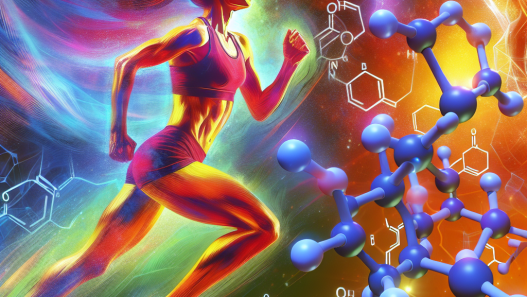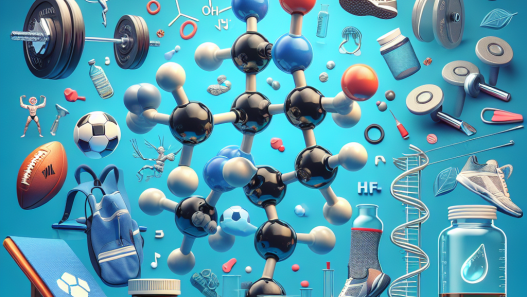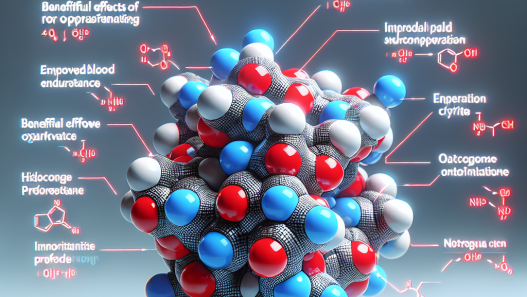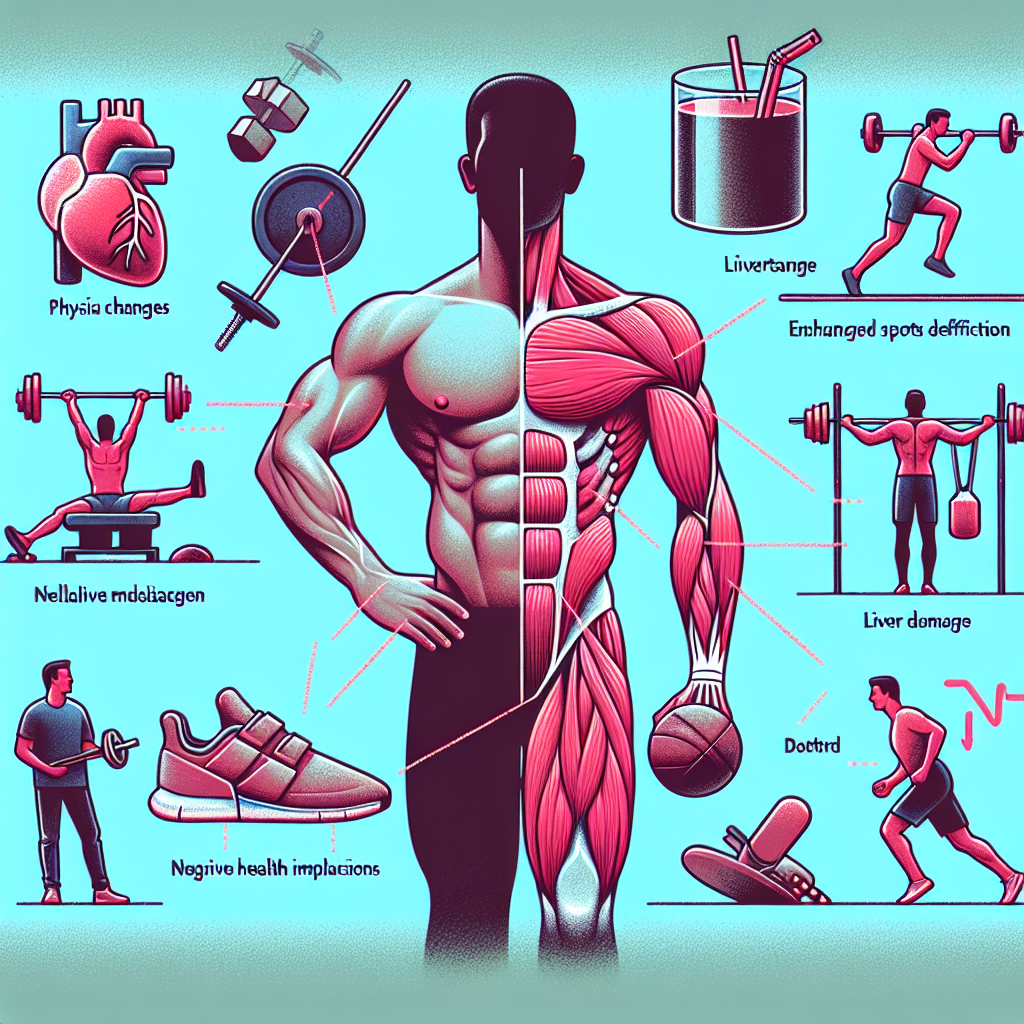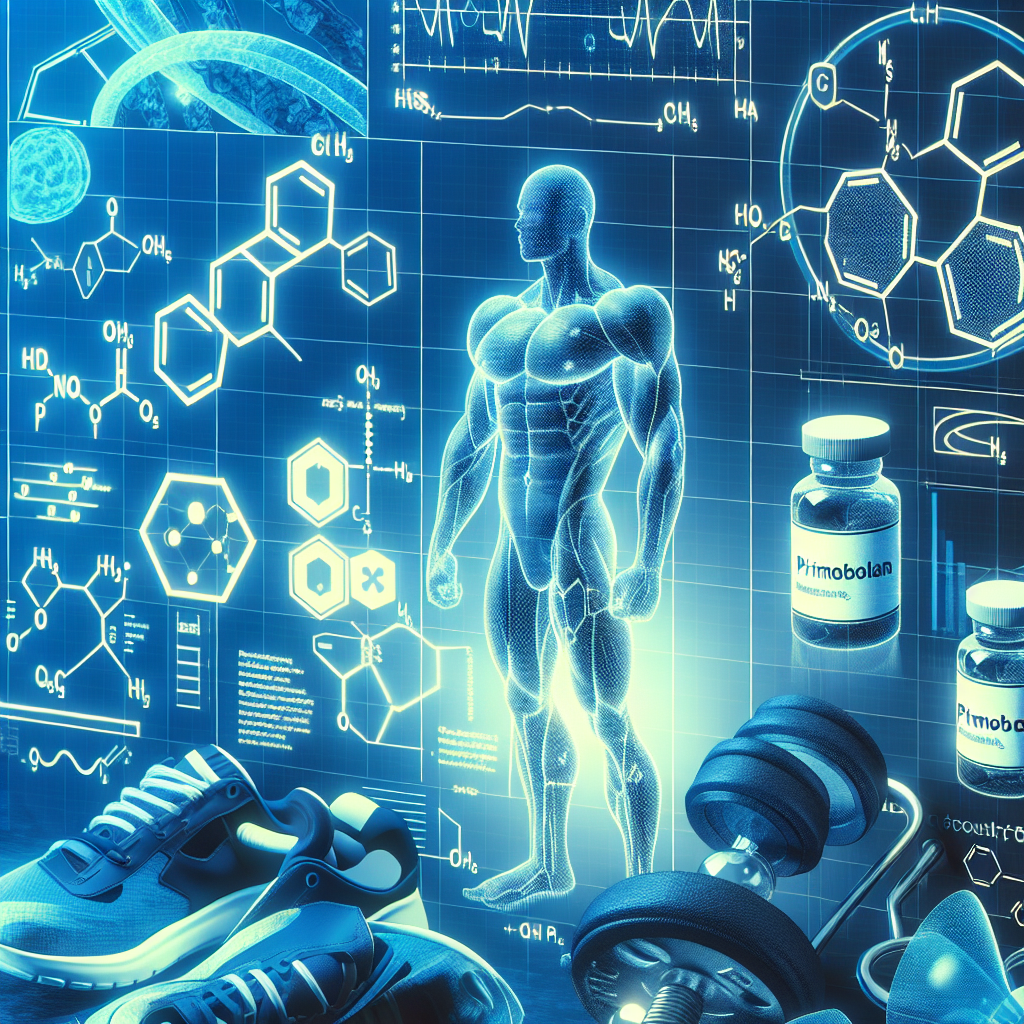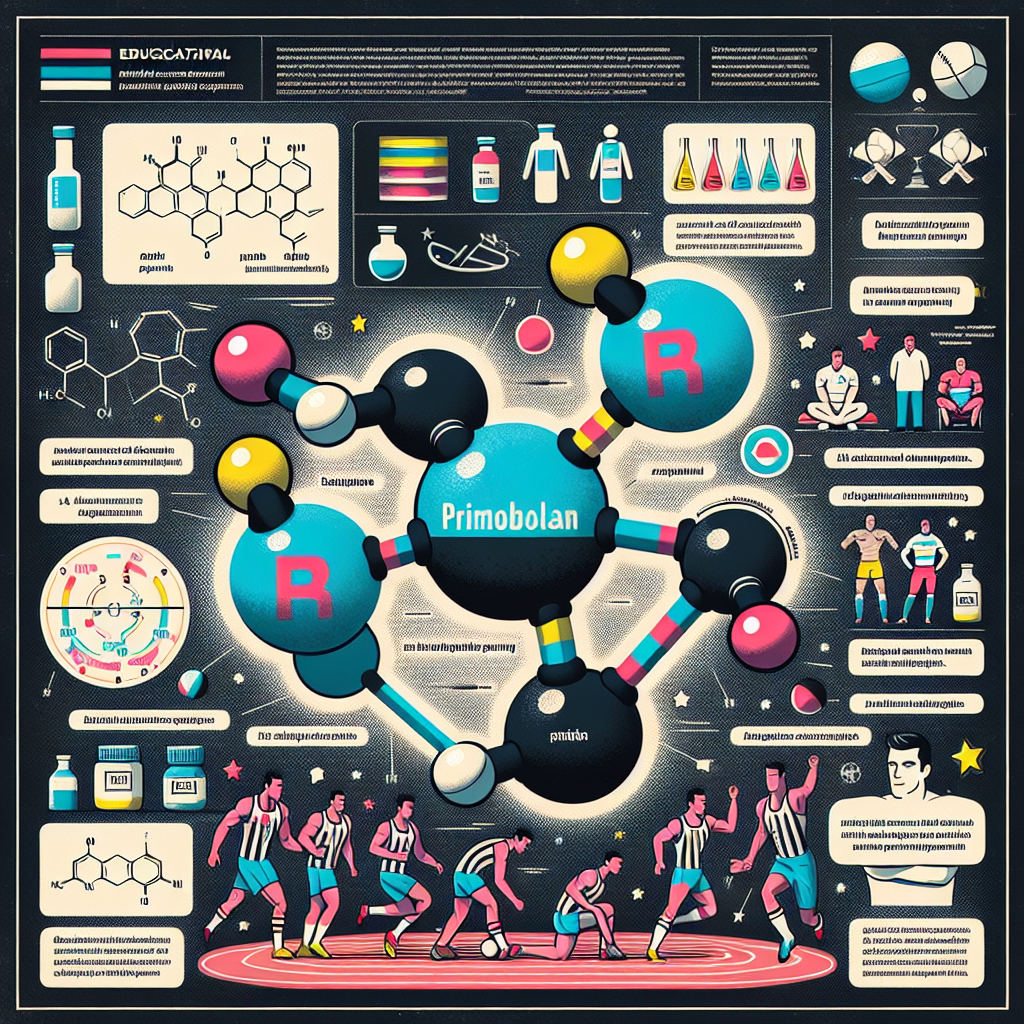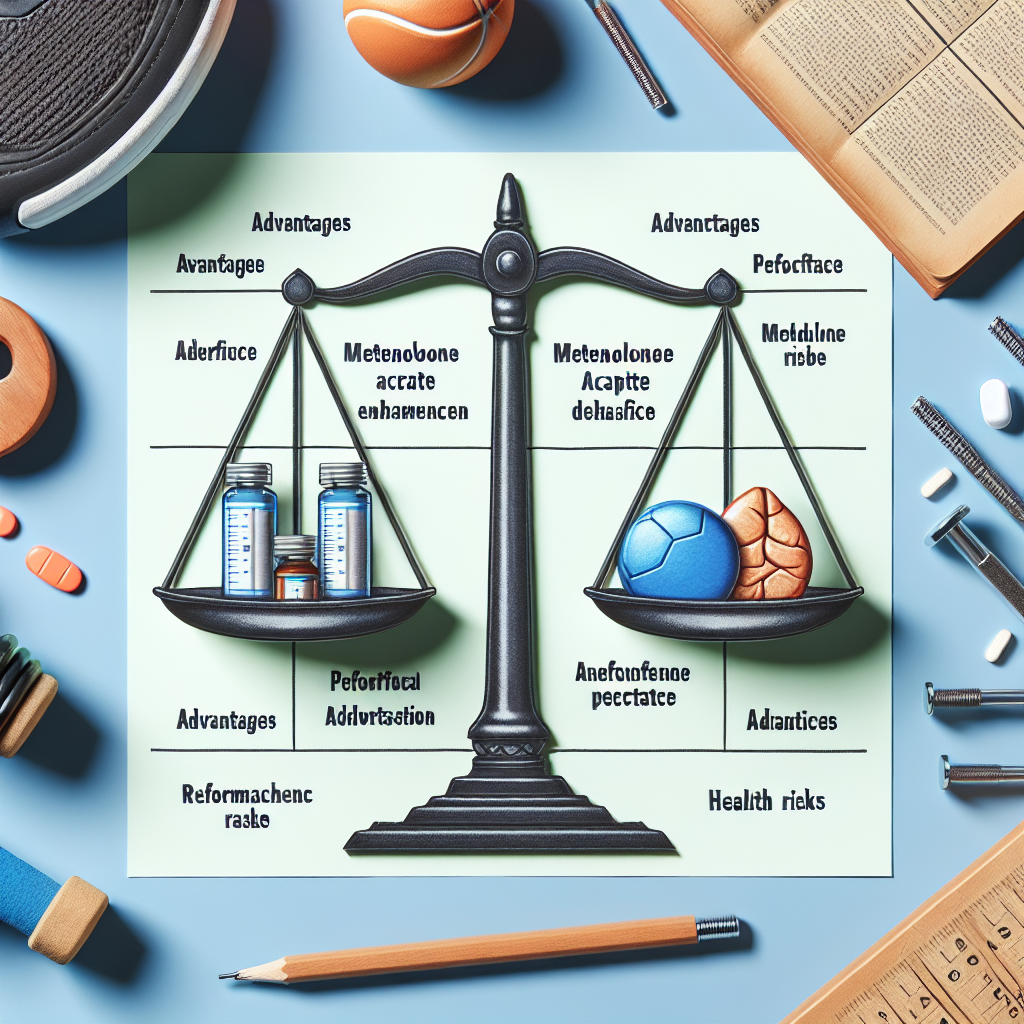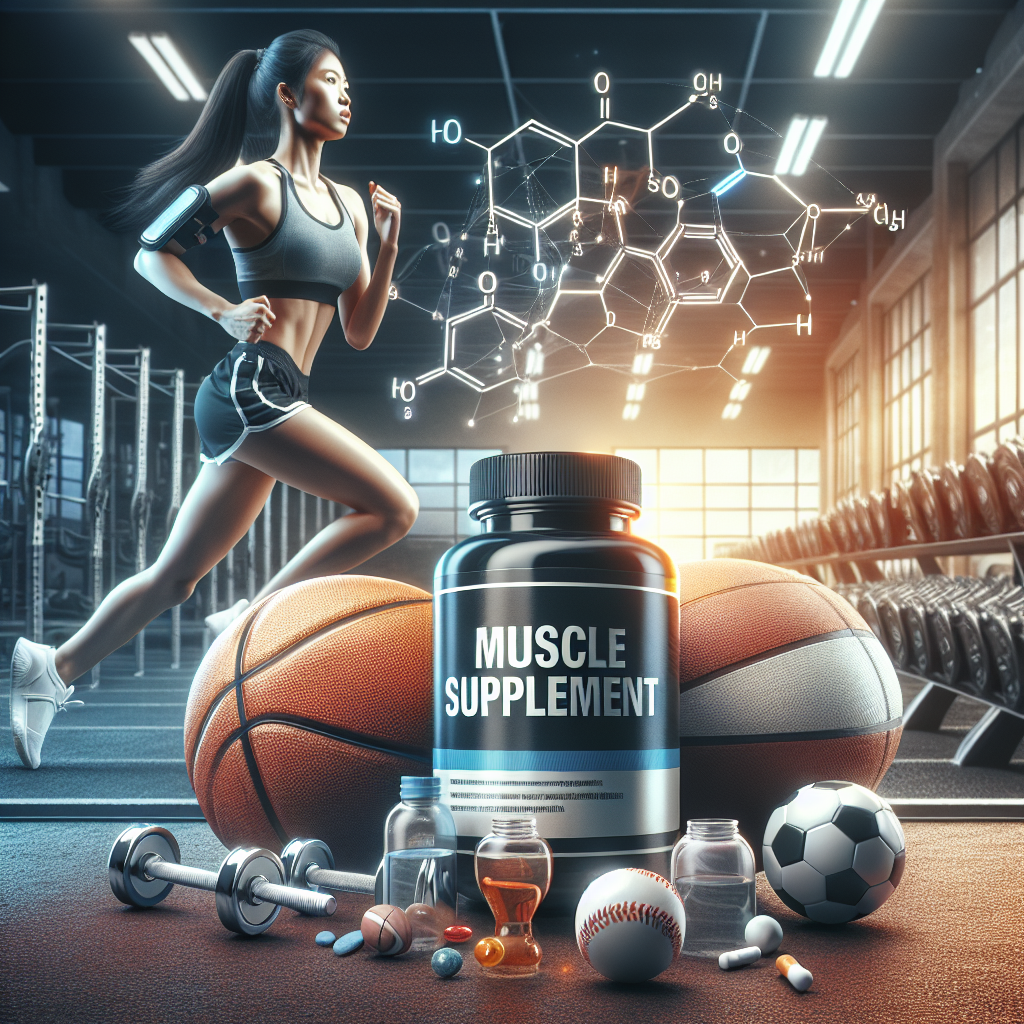-
Table of Contents
The Side Effects of Halotestin in Sports Context
In the world of sports, athletes are constantly seeking ways to improve their performance and gain a competitive edge. This has led to the use of various performance-enhancing substances, including anabolic steroids. One such steroid that has gained popularity among athletes is halotestin, also known as fluoxymesterone. While it may provide short-term benefits in terms of strength and muscle mass, the use of halotestin also comes with a range of potential side effects. In this article, we will explore the pharmacokinetics and pharmacodynamics of halotestin, as well as its potential side effects in the context of sports.
Pharmacokinetics of Halotestin
Halotestin is a synthetic derivative of testosterone, with a fluorine atom added at the 9th position. This modification makes it highly resistant to metabolism by the liver, resulting in a longer half-life compared to testosterone. Halotestin is primarily metabolized by the liver, with a small portion being excreted unchanged in the urine (Kicman, 2008). It has a half-life of approximately 9.2 hours, with peak levels in the blood occurring within 2-4 hours after ingestion (Kicman, 2008).
Due to its resistance to liver metabolism, halotestin is available in oral form, making it convenient for athletes to use. However, this also means that it can put a significant strain on the liver, potentially leading to liver damage and dysfunction (Kicman, 2008). This is a concern for athletes who may already be putting their liver under stress through intense training and other performance-enhancing substances.
Pharmacodynamics of Halotestin
Halotestin is a potent androgen, with an anabolic to androgenic ratio of 1900:850 (Kicman, 2008). This means that it is highly effective in promoting muscle growth and strength, but also comes with a high risk of androgenic side effects. Androgens are responsible for the development of male characteristics, such as increased body hair, deepening of the voice, and aggression. While these effects may be desirable for some athletes, they can also have negative consequences.
One of the main mechanisms of action of halotestin is through binding to androgen receptors in muscle tissue, promoting protein synthesis and muscle growth (Kicman, 2008). This can lead to significant gains in strength and muscle mass, making it a popular choice among powerlifters and bodybuilders. However, this also means that halotestin can have a negative impact on the body’s natural hormone balance, leading to a range of side effects.
Side Effects of Halotestin
As with any performance-enhancing substance, the use of halotestin comes with a range of potential side effects. These can be divided into short-term and long-term effects, with some being more severe than others.
Short-Term Effects
- Increased aggression and irritability
- Acne
- Hair loss
- Increased risk of blood clots
- Liver toxicity
The short-term effects of halotestin are primarily due to its androgenic properties. The increase in aggression and irritability can lead to behavioral changes, which can be problematic for athletes both on and off the field. Acne and hair loss are also common side effects of androgens, which can be particularly concerning for athletes who rely on their appearance for endorsements and sponsorships.
The risk of blood clots is a serious concern, as it can lead to potentially life-threatening conditions such as deep vein thrombosis and pulmonary embolism. This risk is increased due to halotestin’s ability to increase red blood cell production, which can thicken the blood and make it more prone to clotting (Kicman, 2008). This is especially problematic for athletes who engage in high-intensity and endurance sports, as they are already at a higher risk of blood clots due to the physical demands of their sport.
Lastly, the liver toxicity associated with halotestin can have serious consequences. The liver is responsible for filtering and detoxifying the blood, and the use of halotestin can put a significant strain on this vital organ. This can lead to liver damage and dysfunction, which can have long-term effects on an athlete’s health and performance.
Long-Term Effects
- Cardiovascular disease
- Infertility
- Gynecomastia
- Prostate enlargement
- Increased risk of certain cancers
The long-term effects of halotestin are primarily due to its impact on the body’s natural hormone balance. The use of halotestin can lead to an increase in LDL (bad) cholesterol and a decrease in HDL (good) cholesterol, which can increase the risk of cardiovascular disease (Kicman, 2008). This is a significant concern for athletes who engage in high-intensity and endurance sports, as they are already at a higher risk of cardiovascular issues due to the physical demands of their sport.
Halotestin can also have a negative impact on fertility, as it can suppress the body’s natural production of testosterone and sperm. This can lead to infertility and other reproductive issues in both men and women (Kicman, 2008). Gynecomastia, or the development of breast tissue in males, is also a potential side effect of halotestin due to its androgenic properties. This can be a source of embarrassment and discomfort for male athletes, and may also require surgical intervention to correct.
Lastly, the use of halotestin has been linked to an increased risk of certain cancers, such as prostate and liver cancer (Kicman, 2008). While more research is needed to fully understand the link between halotestin and cancer, it is a concerning potential side effect that athletes should be aware of.
Expert Opinion
As with any performance-enhancing substance, the use of halotestin comes with a range of potential risks and side effects. While it may provide short-term benefits in terms of strength and muscle mass, the long-term consequences can be severe and even life-threatening. As a researcher in the field of sports pharmacology, I strongly advise against the use of halotestin or any other anabolic steroid. The potential risks and side effects far outweigh any potential benefits, and there are safer and more sustainable ways to improve athletic performance.
References
Kicman, A. T. (2008). Pharmacology of an

